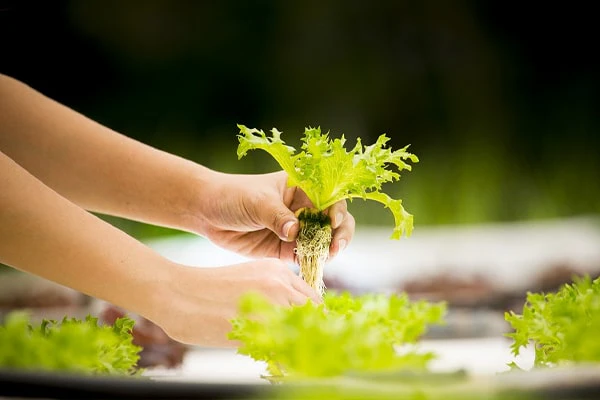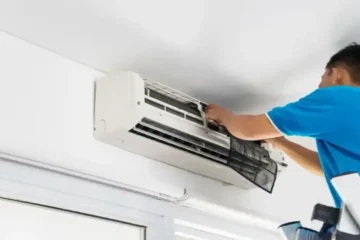You’ve set up your hydroponic system, excited for a bountiful harvest, but something’s not right. Your plants aren’t growing as they should, the roots look unhealthy, or algae is creeping in. Hydroponics might seem like a perfect system on paper, but even the most experienced growers encounter issues. Don’t worry—we’ve got you covered with the most common problems in hydroponic systems and, most importantly, how to solve them!
Introduction
When I first started with hydroponics, I thought it was going to be easy. No soil? Fewer pests? Faster growth? It sounded like a dream come true for my home gardening setup. But like many beginners, I quickly learned that hydroponic systems have their quirks. My basil plants wilted overnight, the water turned cloudy, and I had no idea where I went wrong. Fast forward a few seasons, and I now know that those early setbacks were just part of the learning curve.
In this post, we’re diving into the most common hydroponic issues—and trust me, I’ve been there—and the solutions to help you get your system back on track.
1. Root Rot: The Silent Killer
The Problem:
Root rot is probably one of the most dreaded problems for hydroponic gardeners. It’s caused by poor oxygenation in the water, leading to the roots suffocating and eventually rotting away. You might notice your plants looking wilted, discolored, or even dying, despite your best efforts.
The Solution:
The first step is prevention. Make sure your water has proper aeration by using an air pump and keeping temperatures in check. Ideally, the water temperature should be between 65°F and 75°F. If you spot root rot early on, trim away the affected roots, and consider adding a beneficial microbial solution to your reservoir, which can help promote healthy root growth.
Real-World Example:
A friend of mine had a lush hydroponic lettuce setup until one hot summer. The water temp spiked, and within days, her lettuce roots were mushy. After investing in an inexpensive water chiller and installing a simple air pump, her plants bounced back and are now thriving.
2. Nutrient Imbalance: When Your Plants Don’t Get the Right Fuel
The Problem:
Plants in hydroponic systems rely entirely on the nutrient solution for their sustenance. Too much or too little of specific nutrients can lead to deficiencies or toxicities, causing stunted growth, yellowing leaves, or even plant death.
The Solution:
Regularly monitor your pH and nutrient levels. Ideally, keep the pH between 5.5 and 6.5 for most plants. Invest in a reliable pH and EC (Electrical Conductivity) meter to check your water’s nutrient concentration regularly. If the levels are off, adjust your solution or dilute it with fresh water.
Pro Tip:
Changing your nutrient solution every two to three weeks prevents the build-up of imbalanced minerals. One grower I know schedules nutrient changes like clockwork, and it’s made all the difference in the health of his tomato plants!
3. Algae Growth: An Unwelcome Guest in Your System
The Problem:
Algae thrive in light-exposed water, stealing nutrients meant for your plants and clogging your system. If you see a green, slimy film on your equipment, or if the water smells off, it’s time to act.
The Solution:
Block out the light! Algae needs light to grow, so make sure your system, especially the reservoir, is shielded from direct light exposure. Use opaque tubing and covers where possible. If algae has already taken hold, clean your system thoroughly with a hydrogen peroxide solution to disinfect it.
Real-World Tip:
One grower I spoke to didn’t realize her system’s tubing was letting in sunlight. After switching to black tubing and using light-blocking lids, she hasn’t had an algae problem since.
4. Pests: Yes, They Can Still Find Their Way Into Your Hydroponics
The Problem:
While hydroponics eliminates soil pests, it doesn’t mean you’re completely in the clear. Aphids, spider mites, and fungus gnats can still infest your plants, especially in an indoor setup.
The Solution:
First, inspect your plants regularly for any signs of pests. Use sticky traps for flying insects like gnats. For aphids and spider mites, a gentle neem oil solution can do wonders. If things get really bad, consider introducing beneficial insects like ladybugs to help control the population.
5. Water Quality: Not All H2O is Created Equal
The Problem:
The quality of the water in your hydroponic system is crucial. Tap water that’s too hard or has high levels of chlorine can disrupt your plants’ nutrient uptake and lead to poor growth.
The Solution:
Test your water! If your water source is high in minerals or chlorine, use a reverse osmosis (RO) filter to purify it before using it in your system. This ensures your plants are getting clean, balanced water for optimal growth.
Conclusion: Overcoming Hydroponic Challenges for a Thriving Garden
Hydroponic gardening may come with its share of challenges, but once you know how to troubleshoot and prevent common problems, your system can thrive. Whether it’s root rot, nutrient imbalances, or pesky pests, a little proactive care and quick action can keep your plants healthy and productive. Remember, every problem you encounter is a step toward becoming a better grower—and soon enough, you’ll be an expert at hydroponics.
If you’re looking to dive deeper into hydroponics or want to start your own setup, we offer high-quality hydroponic systems that can get you growing like a pro in no time. Happy gardening!




